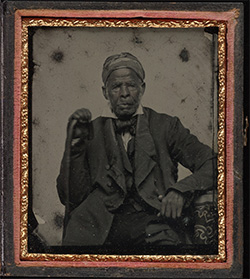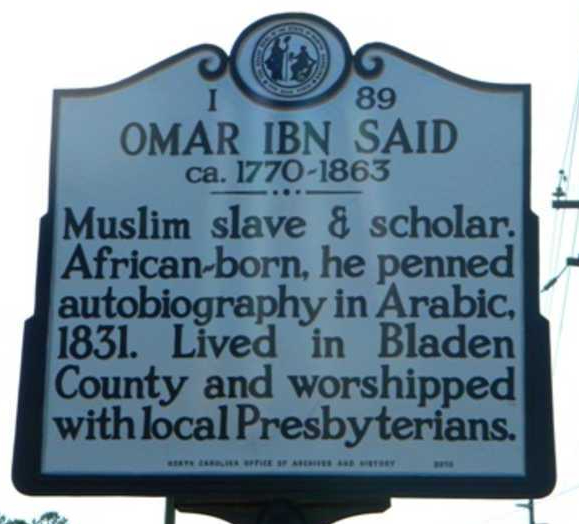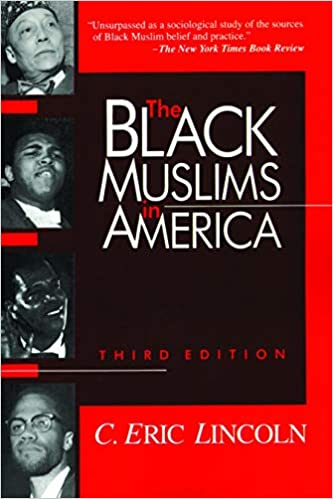Muslim African Americans of North Carolina can connect to an earlier fellow Muslim, Omar Ibn Said.

Omar Ibn Said was born in a place called Futa Toro “between the two rivers” referring to the Senegal and the Gambia rivers that separate those two countries. In 1807, Omar Ibn Said was captured and transported to Charleston, South Carolina. He escaped and fled his cruel master and was recaptured and jailed in Fayetteville, North Carolina. He wrote Arabic lettering on the walls of the jail that got the attention of General James (Jim) Owen, who purchased Said. In 1831, while still enslaved, Omar wrote his autobiography in Arabic—that document is an important contribution to the history of Muslims in the United States.


Genetic Memory and the African Americans’ Historical Ties to Islam


From 1976 to 1993, Dr. C. Eric Lincoln was a professor of religion and culture at Duke University in Durham, North Carolina. He authored more than 20 books. His book The Black Muslims in America, is considered a seminal text. Over the years, he developed personal relationships with the Honorable Elijah Muhammad, Malcolm X, and Imam W.D. Muhammed. Dr. Lincoln believed that many African Americans were drawn to Islam because of genetic memory. It is estimated that between10-30% of enslaved Africans brought to the United States were Muslims. Dr. Lincoln believed that many “converts” to Islam were simply returning to the religion of their ancestors. Additionally, the convergence of enslavement, white supremacy and Jim Crow awakened a genetic memory in those enslaved.
“I believe [Dr. Lincoln] meant a protoplasm Islam, the beginning of a Muslim man…we were given just protoplasm…germs that would eventually become men, a Muslim man, a Muslim mind etc…,” (p. 98).
From Reading is Fundamental: A Compilation of Book Reviews by Imam W. Deen Mohammad, Edited by Ronald B. Shaheed
Other historical records point us to influences that Islam had on enslaved Africans’ experiences in music. For example, scholars such as musicologists/historians Alex Lomax, and Gerhard Kubik, as well as trumpeter Barry Danielian, who is Muslim, have discussed the relationship between the blues and Islamic traditions.
Many blues singers use melisma, which was a style of singing found in West Africa, particularly among Muslims. It blends many notes into one syllable and has a wavy intonation. Scholar Sylviane Diouf and historian/storyteller Cornelia Walker Bailey also connect Islamic influences to African American music.


